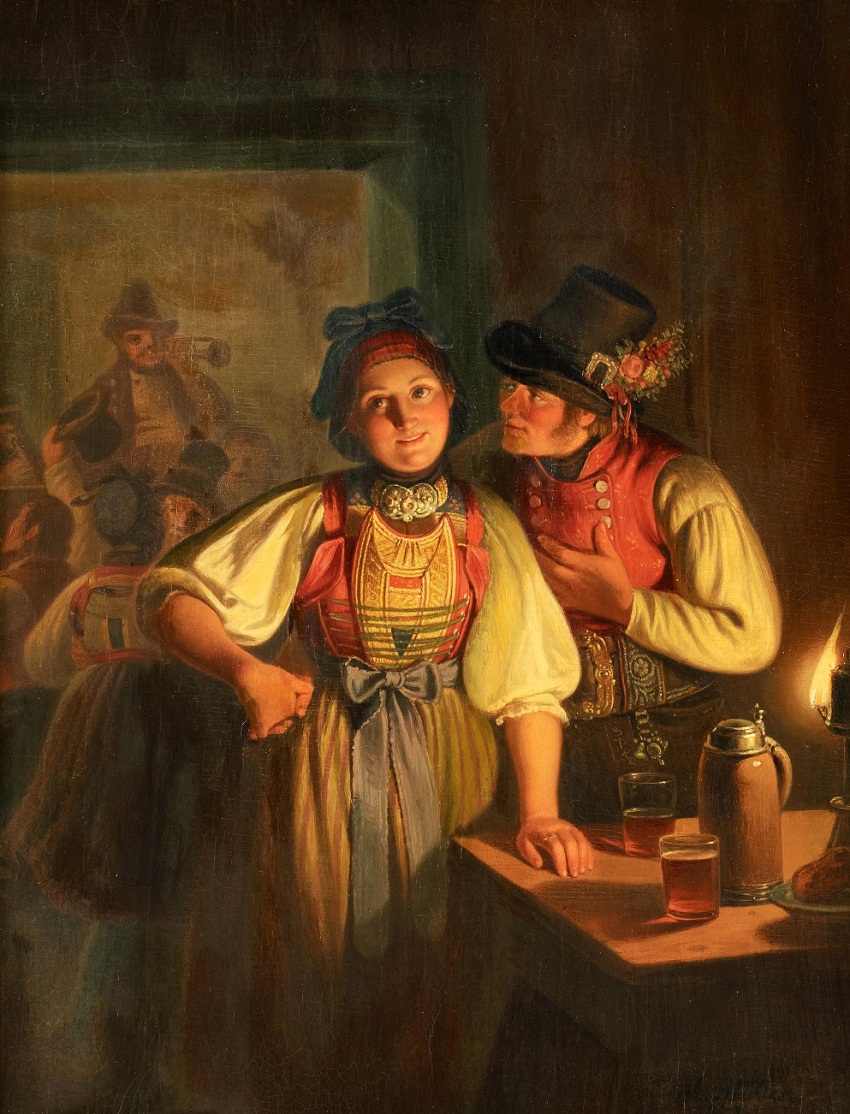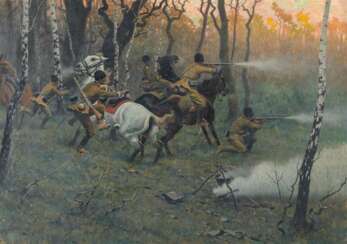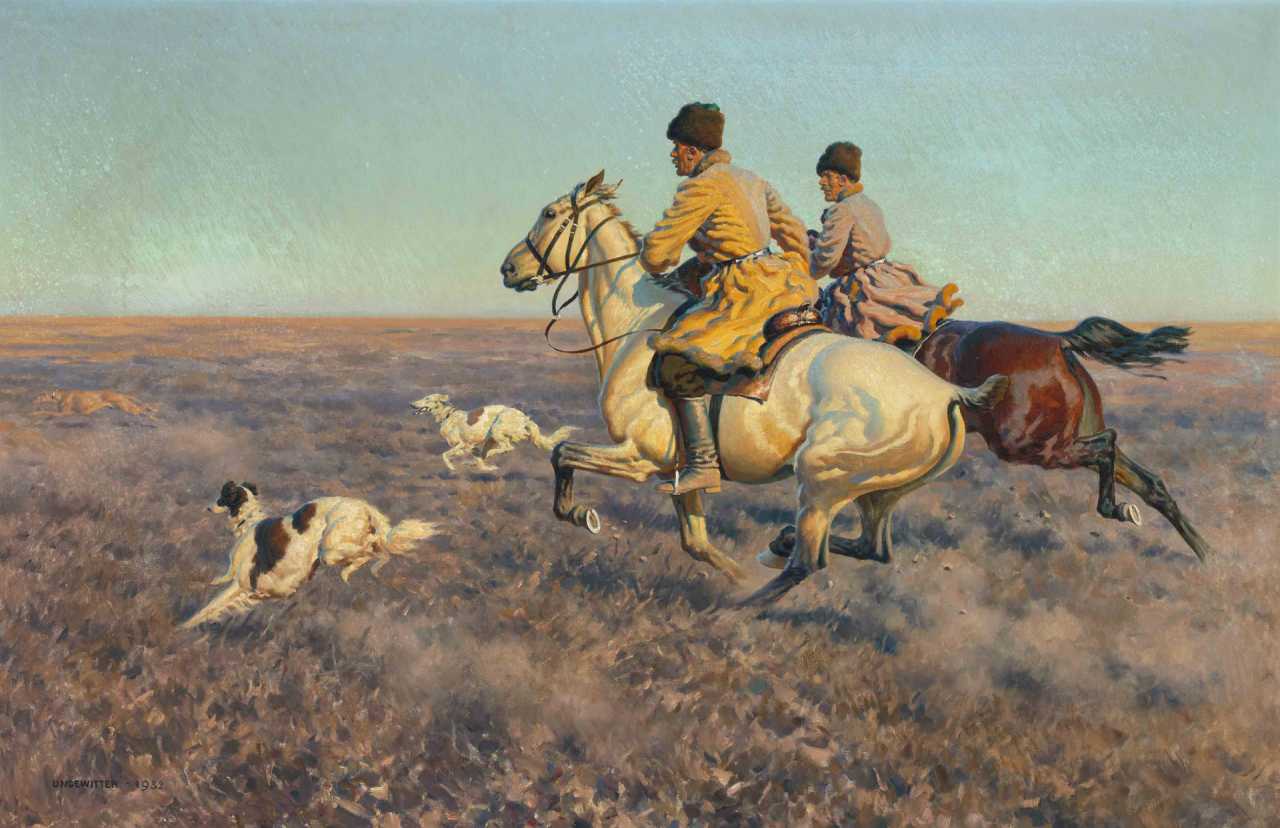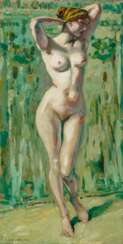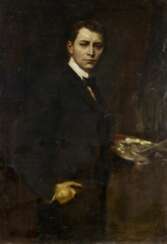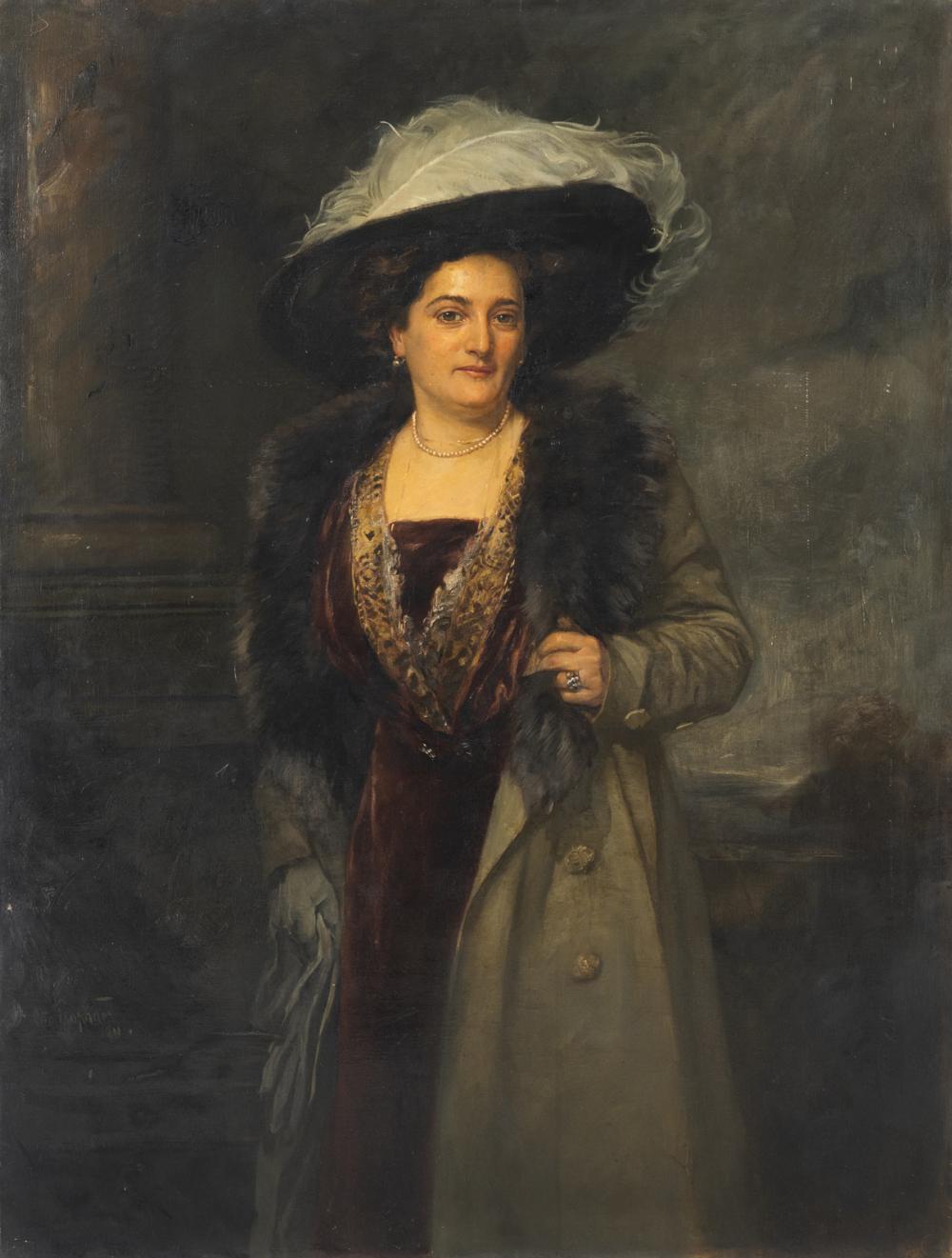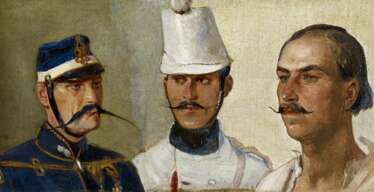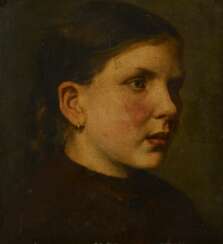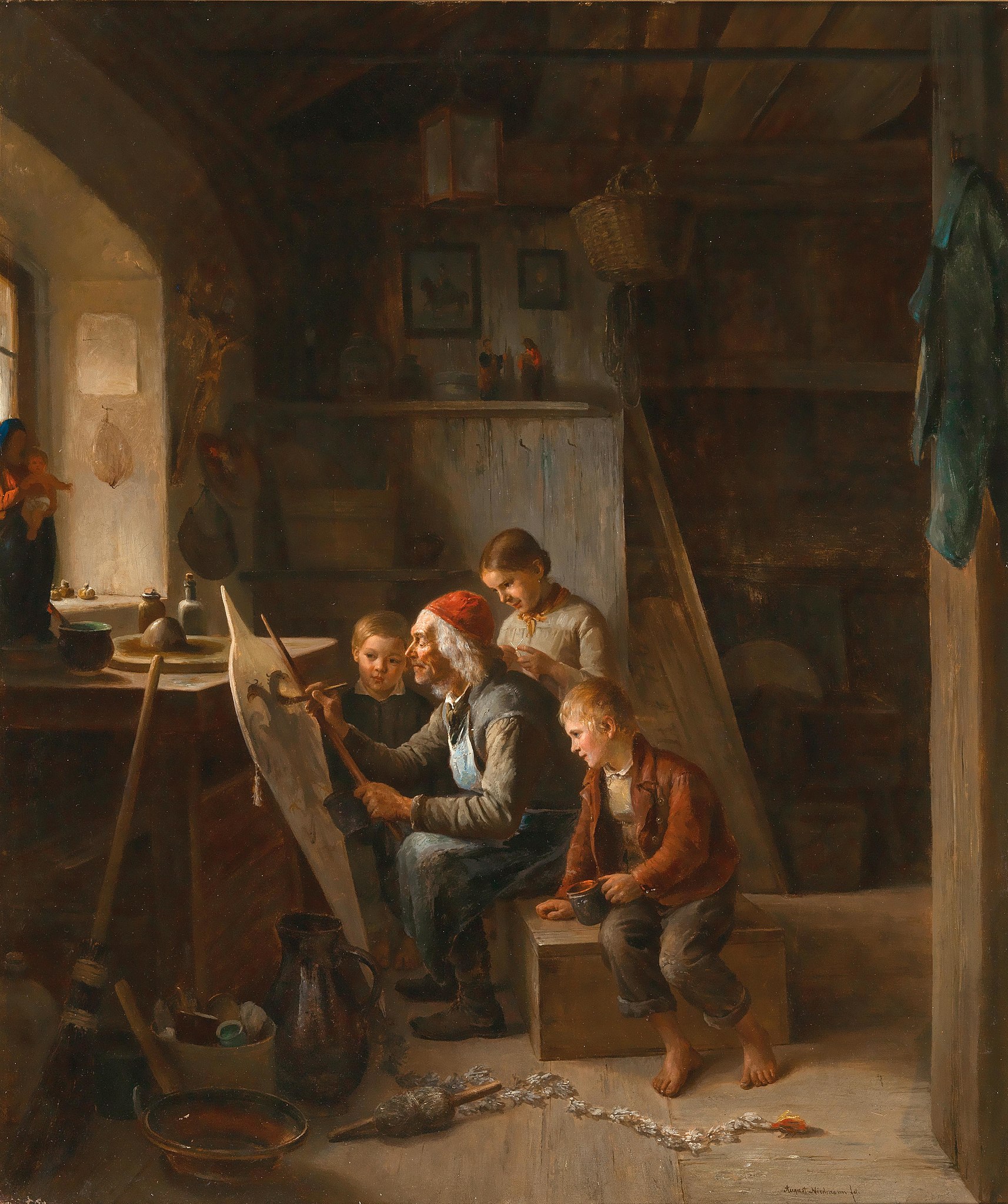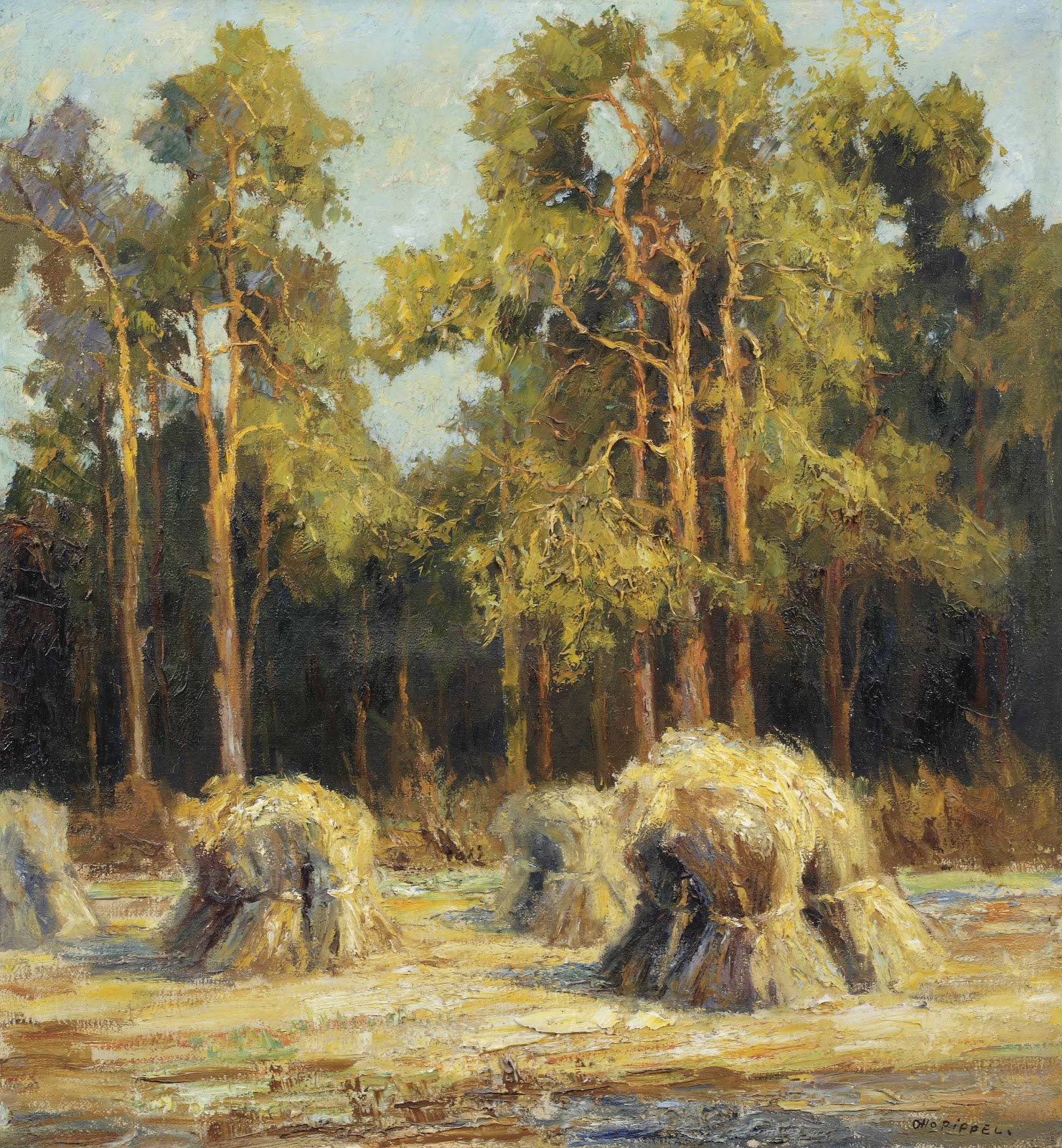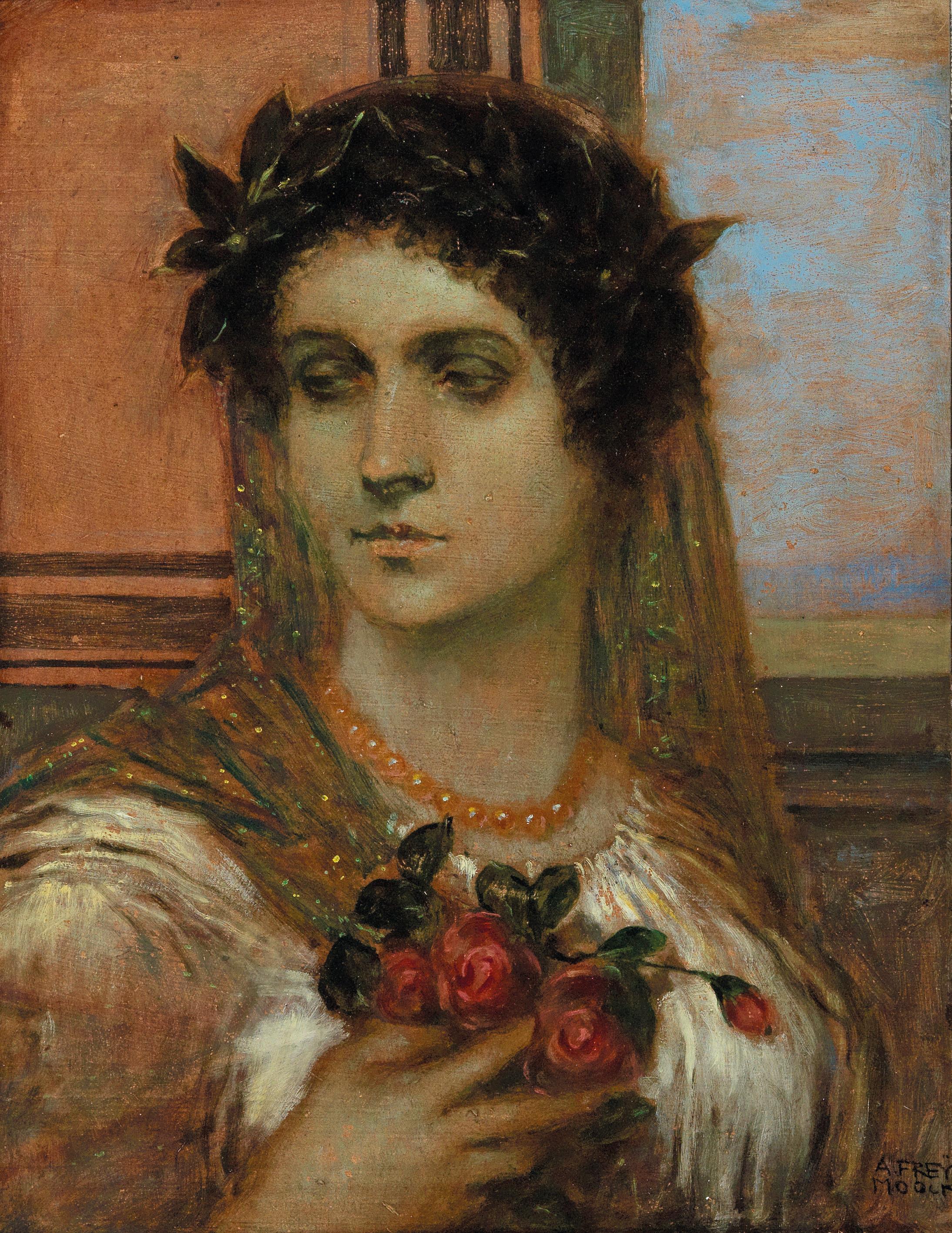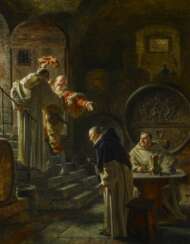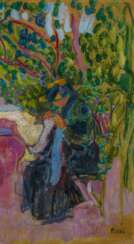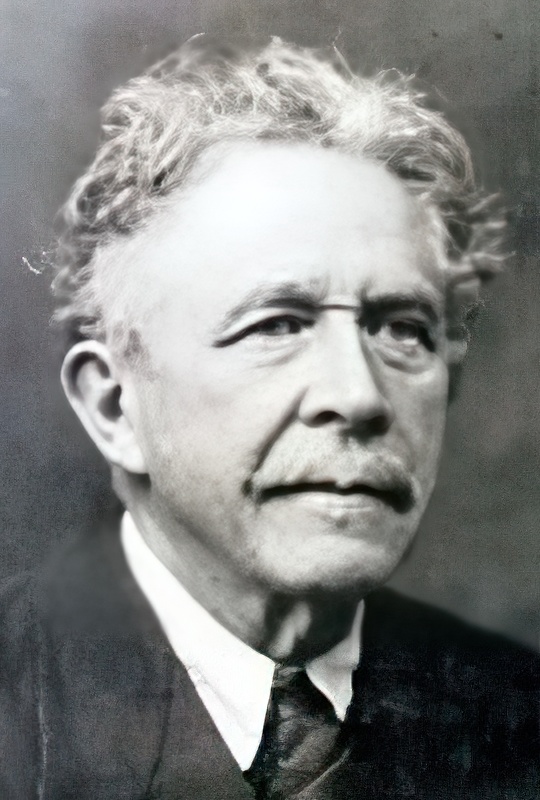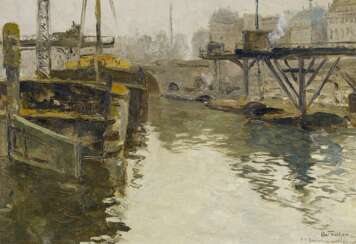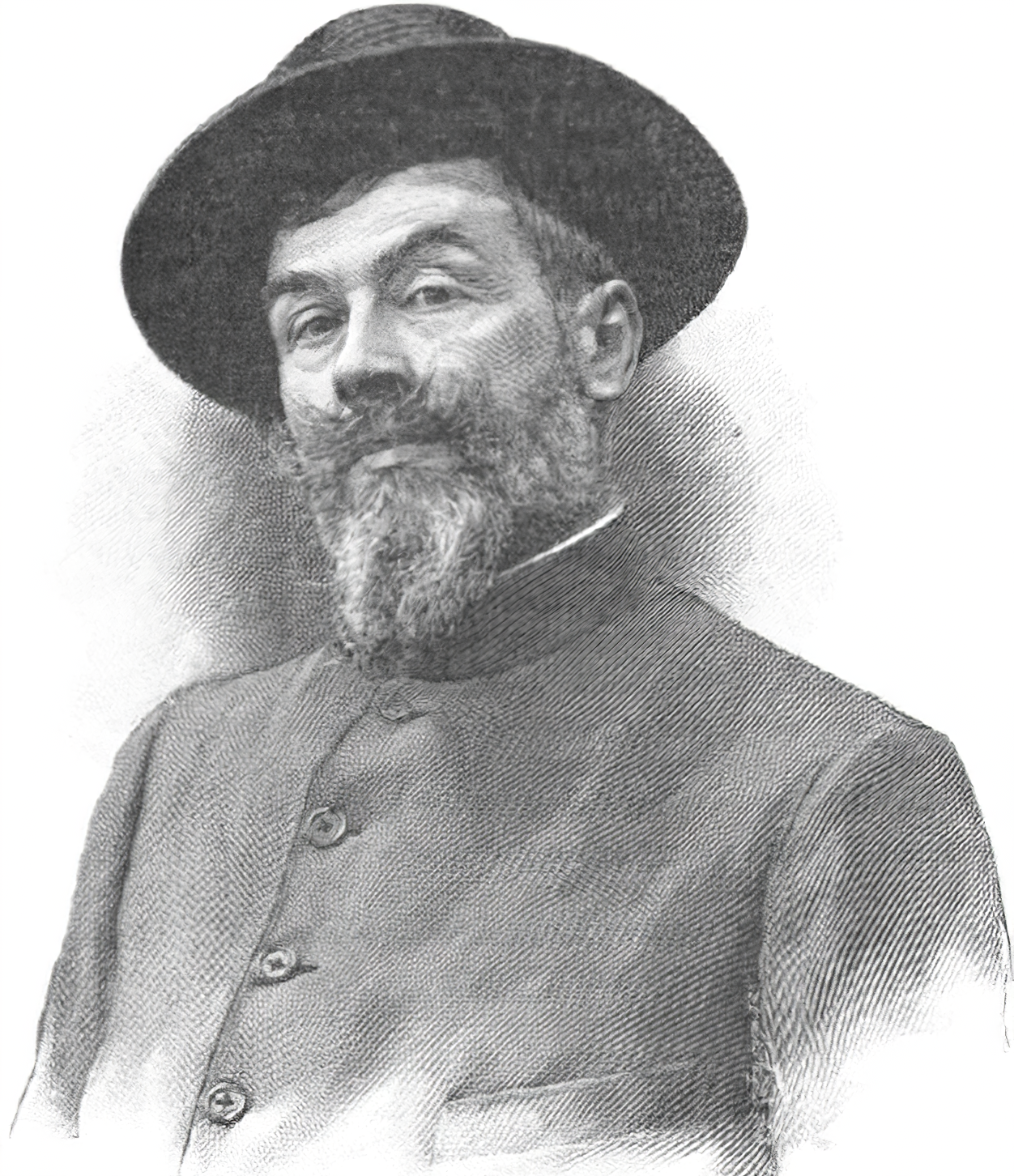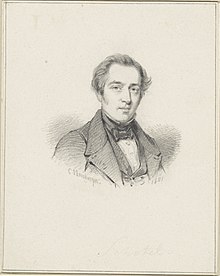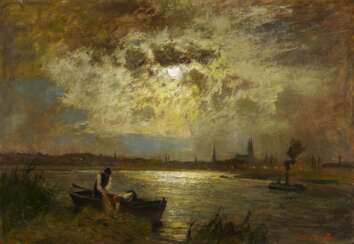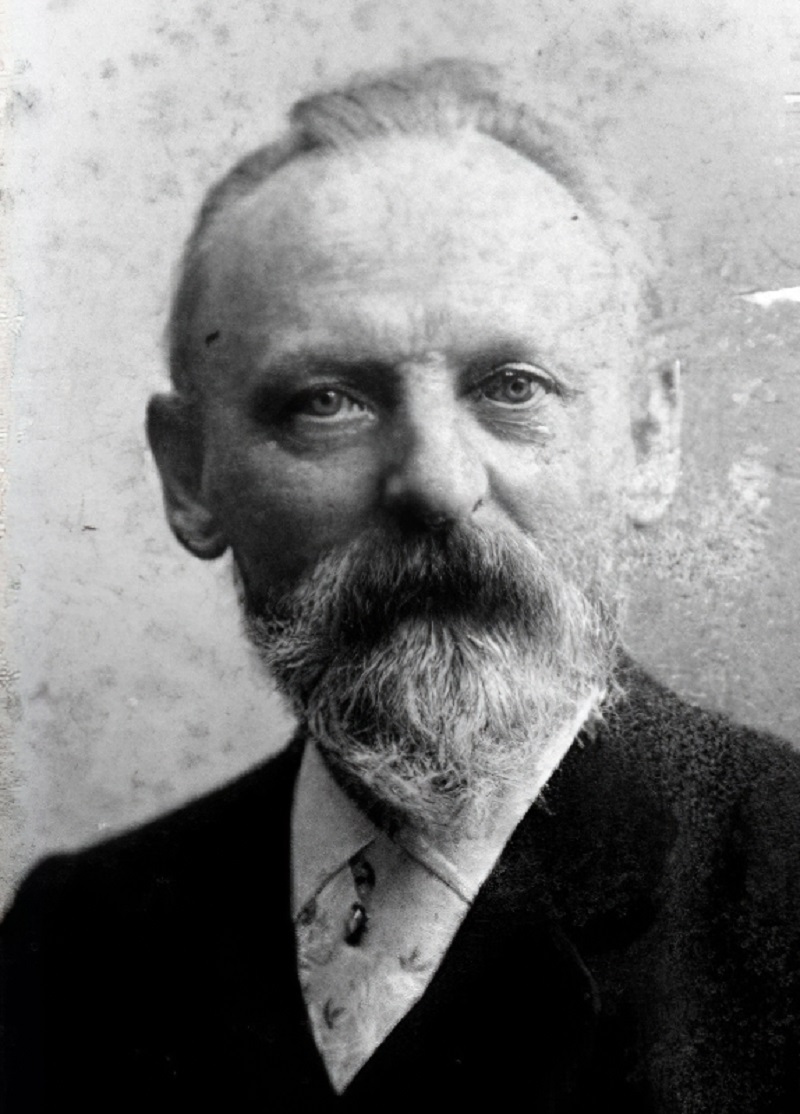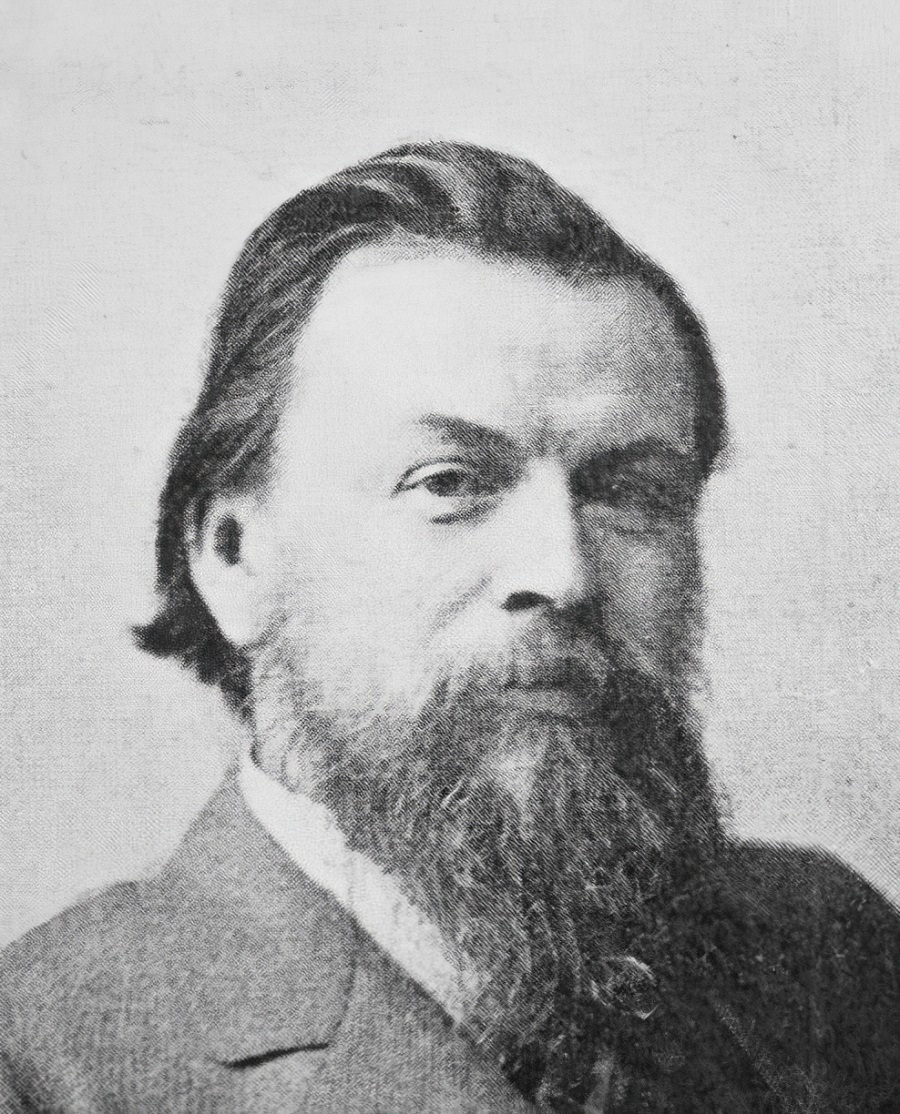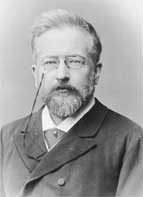
Paintings by newer masters — A438 | Ancient art
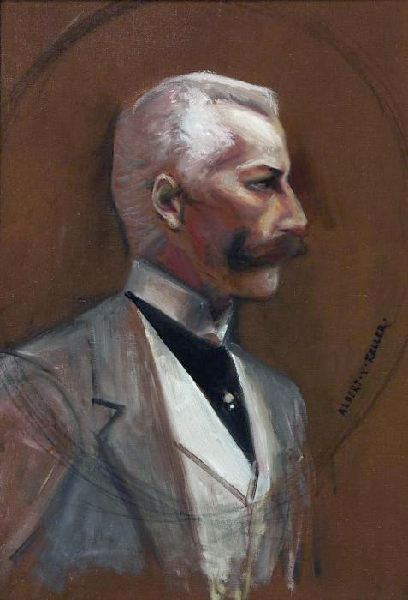
Albert von Keller was a German painter of Swiss ancestry, best known for his indoor scenes and portraits featuring female figures. Born on April 27, 1844, in Gais, Switzerland, he began his career by studying law at Ludwig Maximilian University, but his passion for art led him to the Academy of Fine Arts in Munich. His art journey took him through France and Italy, honing his style through various studio experiences.
Von Keller is recognized for his portraits depicting women in indoor environments, often shown in striking poses or engaging in activities. His later works took on supernatural, mystical, or religious themes. One of his notable achievements was co-founding the Munich Secession in 1892, where he served as vice president from 1904 to 1920.
Several of his works are housed in museums and galleries, such as "Irene von Keller with her son Balthasar" (1888), "The Pianist," and "Chopin" (1873). He also received the Knight's Cross of the Order of the Merit of the Bavarian Crown in 1878.
For collectors and art enthusiasts interested in learning more about Albert von Keller and his work, consider subscribing to updates to stay informed about new product sales and auction events related to this artist. These updates will help you track his artworks and any upcoming exhibitions.
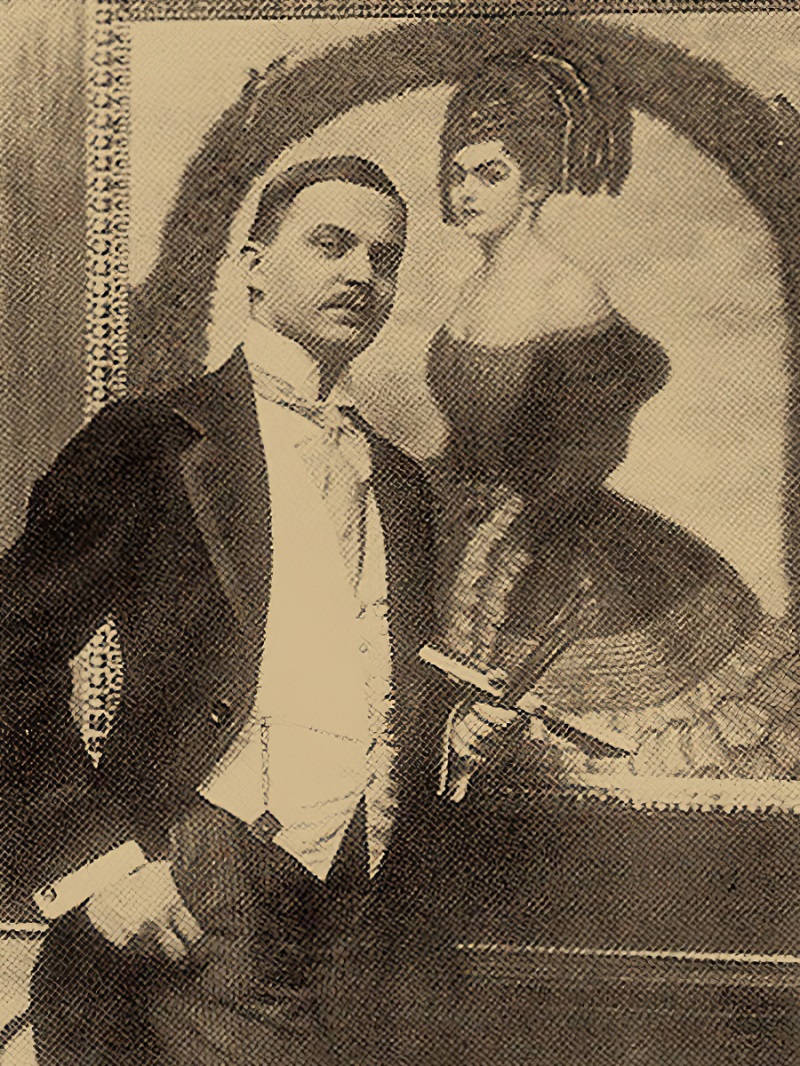
Hanns Pellar was an Austrian painter and illustrator. He studied painting at the Vienna Academy of Fine Arts under Heinrich Lefler.
Hanns Pellar was one of Munich's most prominent painters, whose quality craftsmanship and very pleasing images were characteristic of the Prince Regent's era. As a "favourite of various respected Darmstadt families", he produced a large number of portraits, especially of ladies, which eventually earned him the nickname "painter of elegance".
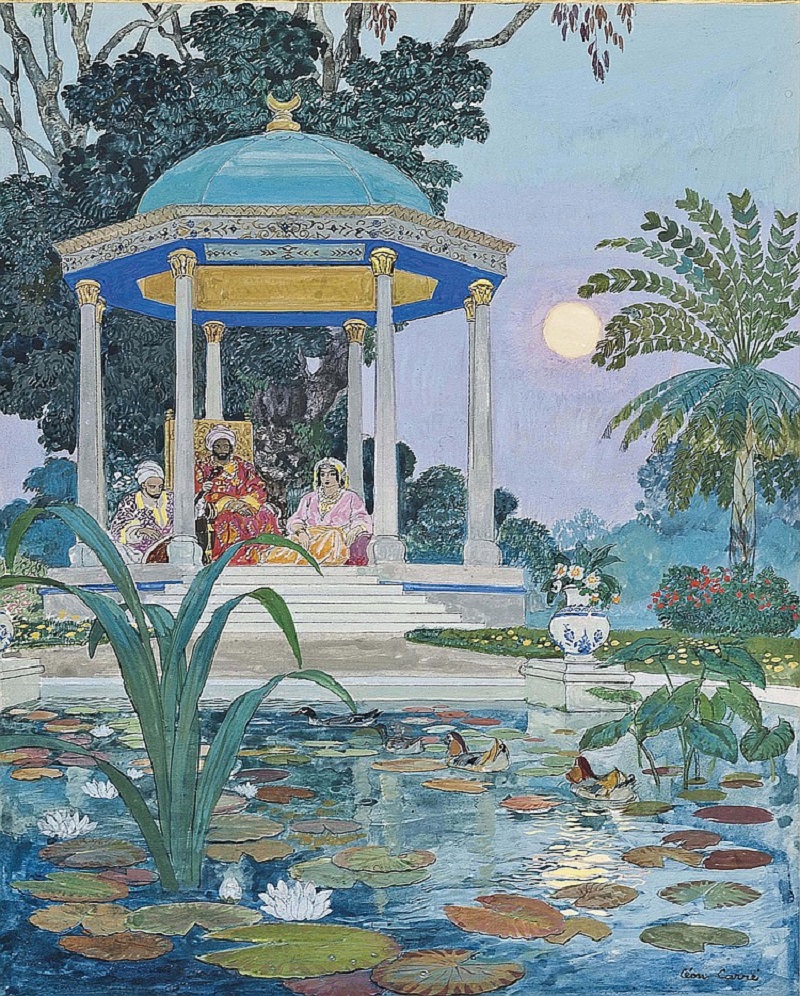
Léon Georges Jean-Baptiste Carré was a French Orientalist painter and illustrator known for his contribution to the Fauvist movement.
Carré's style was characterized by bright colours and bold strokes. He sought to express his emotions and convey the essence of the subject through intense and unnatural colours. Carré's paintings often depicted landscapes, still lifes and portraits.
Léon Carré also experimented with other artistic movements such as Cubism and Post-Impressionism. This allowed him to develop a unique artistic language which combined elements of different currents.
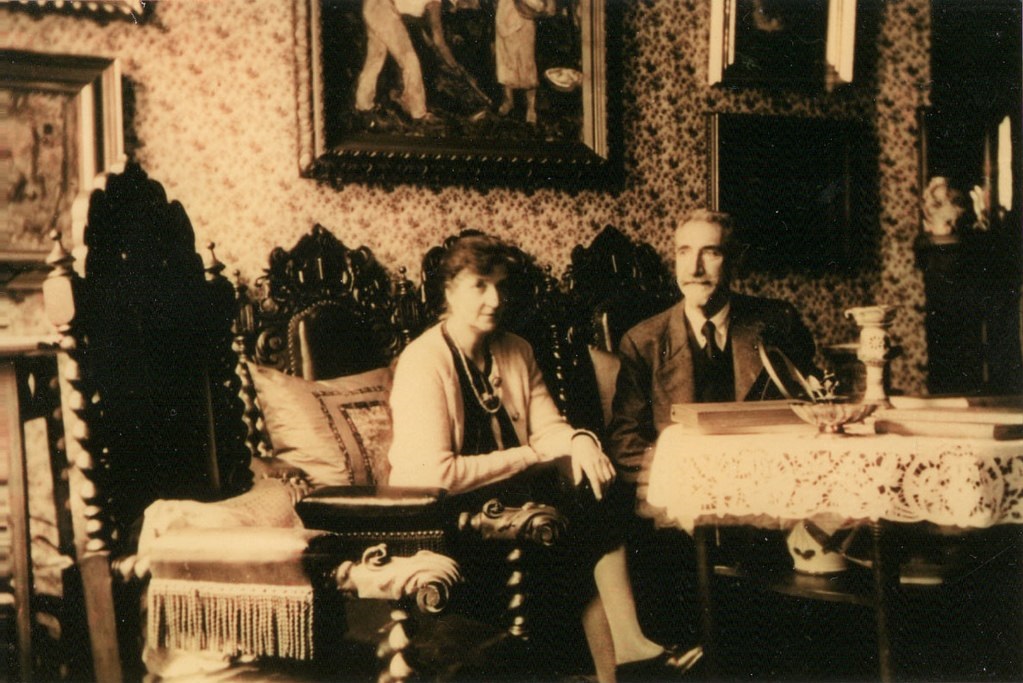
Max Stern was a German painter and graphic artist of Jewish ancestry, associated with the Düsseldorfer Malerschule. He was originally an Impressionist, but later became an advocate of the New Objectivity.
His career progressed uneventfully until the Nazi takeover in 1933. At that point, he was placed under a professional ban, and expelled from Malkasten. With the establishment of the Reichskulturkammer, it became difficult to obtain painting supplies. Despite this, he and his fellow Jewish artists in the Judische Kulturbund were able to exhibit among themselves until 1936. Shortly after that, in 1937, Joseph Goebbels ordered the confiscation of all "degenerate art", which included Stern's works.
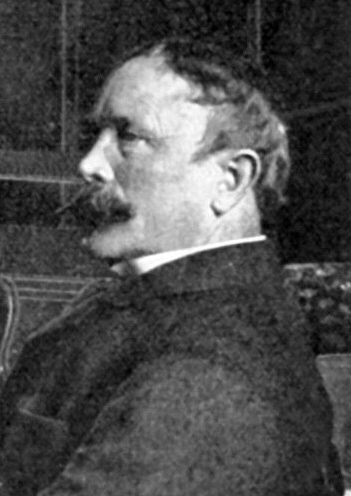
Eduard von Grützner was a German painter of the late 19th and early 20th centuries. He went down in the history of European art as a portrait painter and a brilliant master of genre.
Eduard von Grützner in most of his paintings depicted the life of monks, who usually appear to the audience in the images of merry rioters, leading a not ideal lifestyle. The public liked the original humorous style of the painter, and Grützner's work had many admirers.
Grützner was awarded the Royal Order of St. Michael and also received the title of honorary professor at the Munich Academy of Fine Arts. He also became a Knight of the Order of Civil Merit of the Bavarian Crown and received the title of nobleman, with the prefix "von" added to his last name.
Von Grützner is also known as a collector of art and antiques. For many years he collected masterpieces of the Gothic and Renaissance masters, and towards the end of his life he became interested in Far Eastern art.
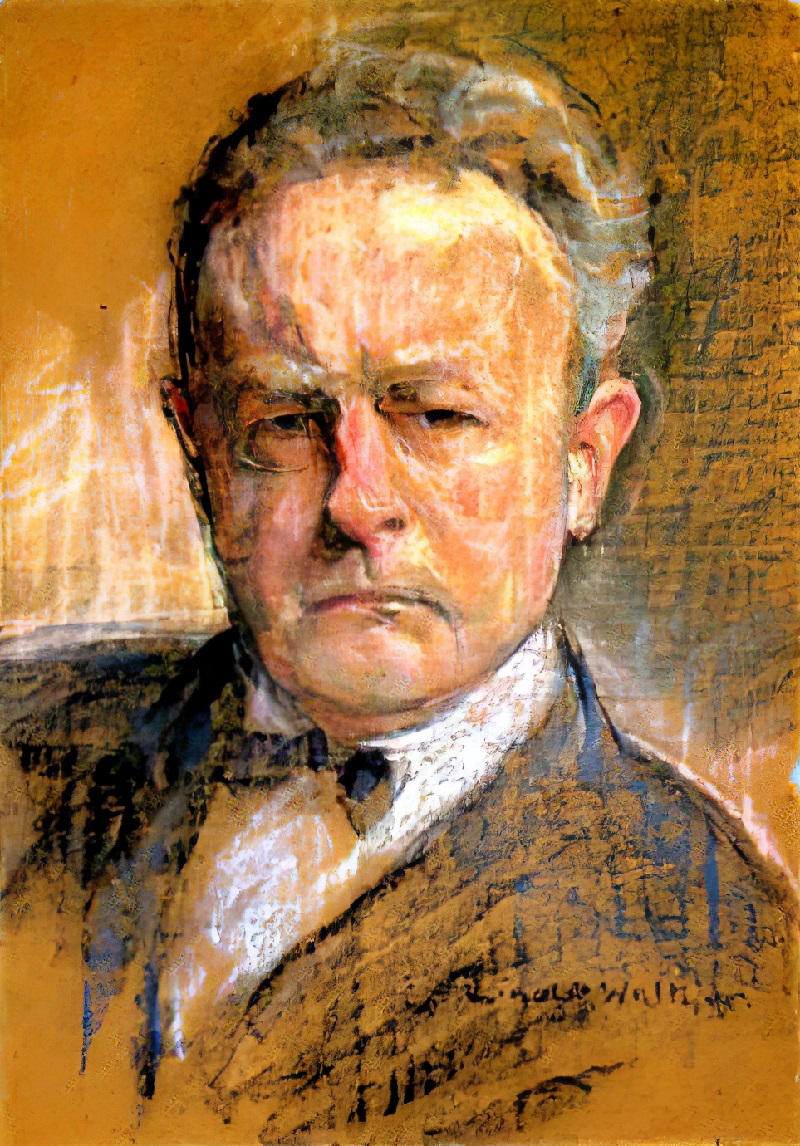
Heinrich Eduard Linde-Walther was a German painter and illustrator. He studied painting at the Academy of Fine Arts in Munich with Gabriel von Hackl and Paul Hoecker. Also at the Académie Julian in Paris. Member of the Berlin Secession since 1902.
Heinrich Eduard Linde-Walter was mainly known for landscapes and still lifes, but also did numerous children's portraits and illustrations for children's stories. Most of his works were commissioned by individual clients and remain in private ownership.
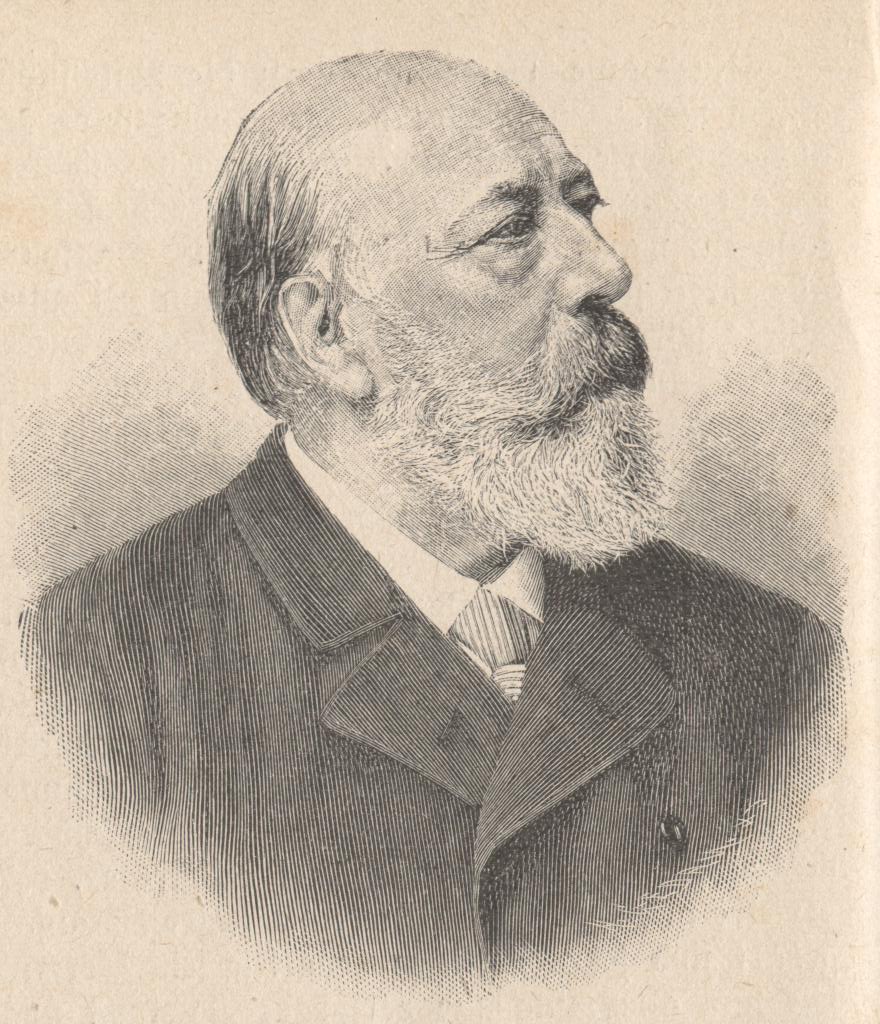
Andreas Achenbach was a German landscape and seascape painter in the Romantic style. He is considered to be one of the founders of the Düsseldorf School.[citation needed] His brother, Oswald, was also a well known landscape painter. Together, based on their initials, they were known as the "Alpha and Omega" of landscape painters.


